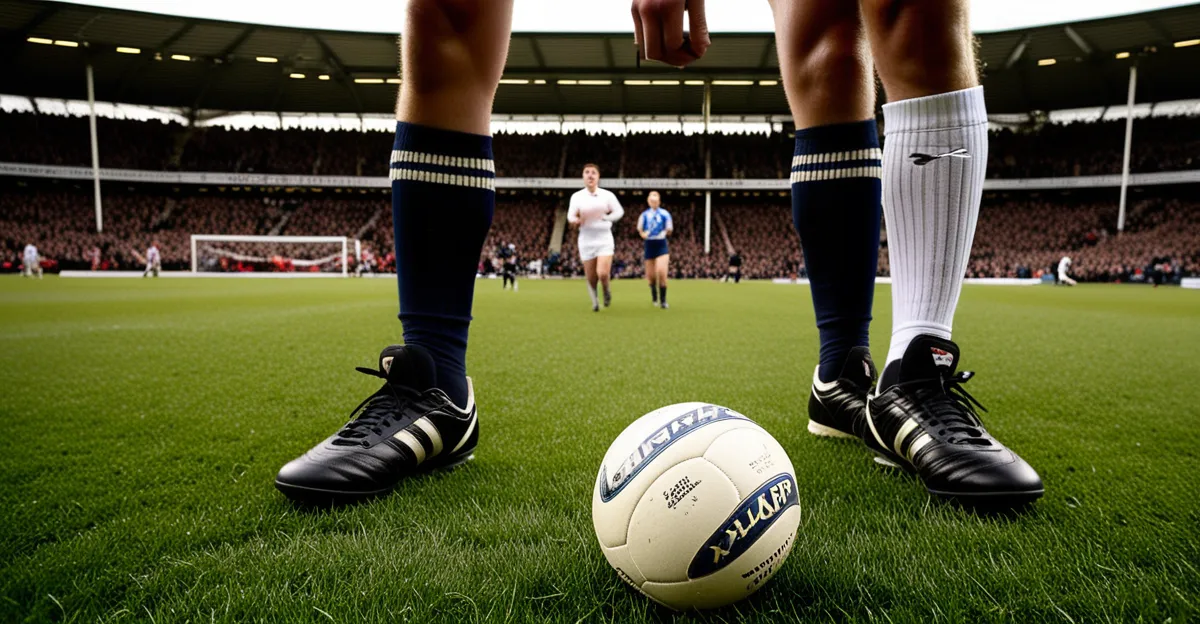Overview of Traditional British Sports and Their Historical Foundations
Traditional British sports like cricket, rugby, football, tennis, and golf have deep roots that trace back centuries, forming the cornerstone of the history of British sports. The origins of these sports often link to local communities and social practices from medieval times through the Victorian era, each evolving to reflect the values and social structures of their times.
Cricket, for instance, emerged as a rural pastime in the 16th century and gradually developed formal rules by the 18th century, becoming England’s national sport. Rugby and football share intertwined histories, with rugby football formalizing in the early 19th century following the establishment of Rugby School’s unique handling rules, while football codified its own rules through the Football Association’s formation in 1863. Tennis gained prominence in the late 19th century with the establishment of Wimbledon, symbolizing both sport and social status. Meanwhile, golf, originating from Scotland, became a significant traditional British sport that spread worldwide.
This might interest you : What innovative strategies are UK sports teams using for fan engagement?
These sports are not just games but bear profound historical significance, embodying enduring traditions that have shaped today’s modern practices. Traditional British sports were often linked to notions of fair play, amateurism, and community identity, which continue to influence their contemporary forms. Understanding the British sport origins reveals a landscape where sport fostered social bonds and cultural continuity, contributing to Britain’s broader historical narrative.
The Current Popularity and Evolution of Traditional Sports in the UK
Traditional British sports like cricket, rugby, and football remain central to the sporting landscape, sustaining widespread popularity across diverse demographics. The popularity of British sports is evident in both participation rates and large-scale viewership; football continues to command vast audiences in domestic leagues and international competitions. Cricket maintains a loyal following, especially during marquee events like The Ashes, while rugby enjoys strong regional support, particularly in Wales and parts of England.
Also to read : What role does government policy play in the evolution of UK sports?
The evolution of British sports reflects ongoing efforts to modernize and engage newer generations. Sporting bodies have introduced changes in rules, formats, and match durations. For example, cricket’s development of Twenty20 matches has made the sport faster-paced and more accessible, attracting younger fans. Rugby has experimented with variations like Rugby Sevens to boost spectator appeal and tournament flexibility. Football’s implementation of technologies such as VAR illustrates how traditional sports are adapting without compromising their core values.
Media and technology play pivotal roles in sustaining interest and expanding reach. The rise of digital platforms and live streaming has revolutionised how fans follow traditional British sports, enabling global access and real-time interaction. Social media campaigns and interactive apps foster deeper engagement, particularly among youth. These advancements enhance the visibility of traditional sports, ensuring their modern British sports trends reflect both heritage and innovation.
In sum, the popularity of British sports thrives on a balance between preserving historic traditions and embracing contemporary changes. The evolution of British sports demonstrates a dynamic interplay of maintaining legacy while appealing to evolving audiences through media and technology.






